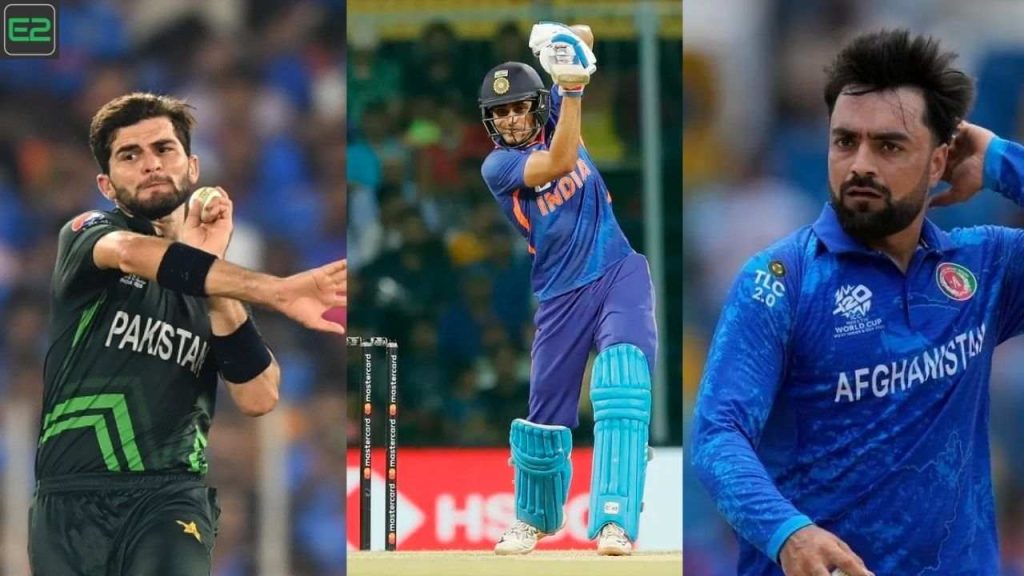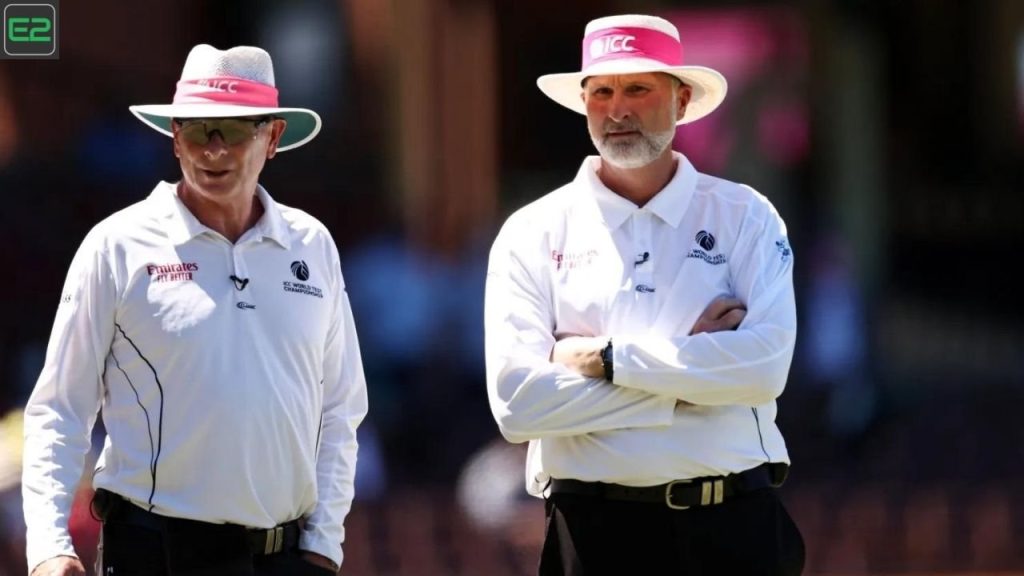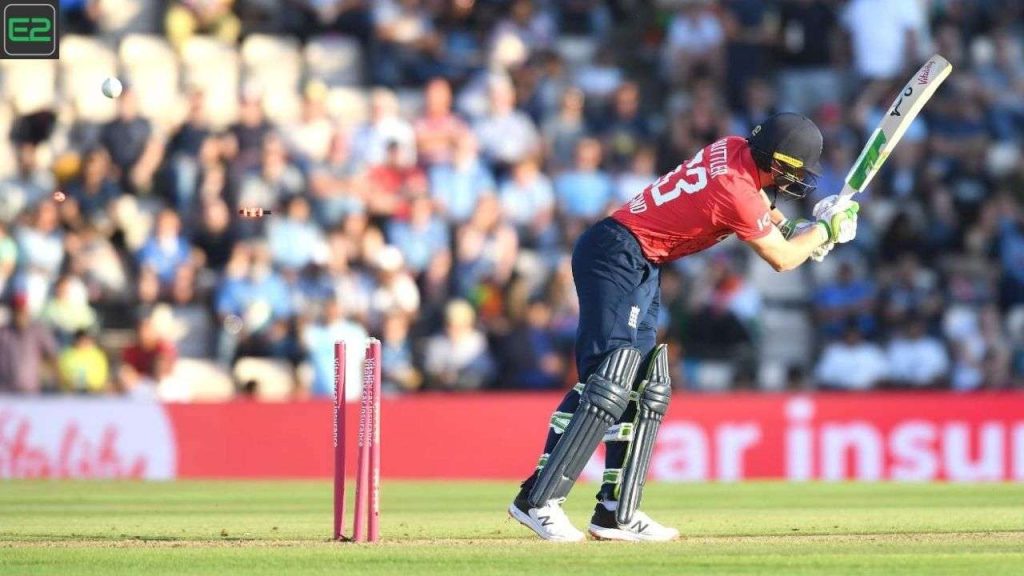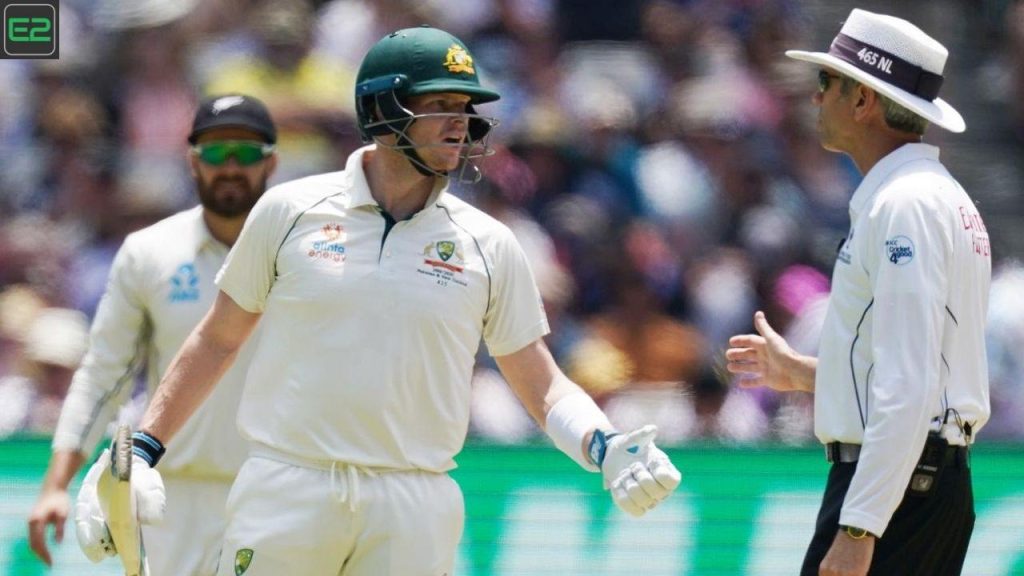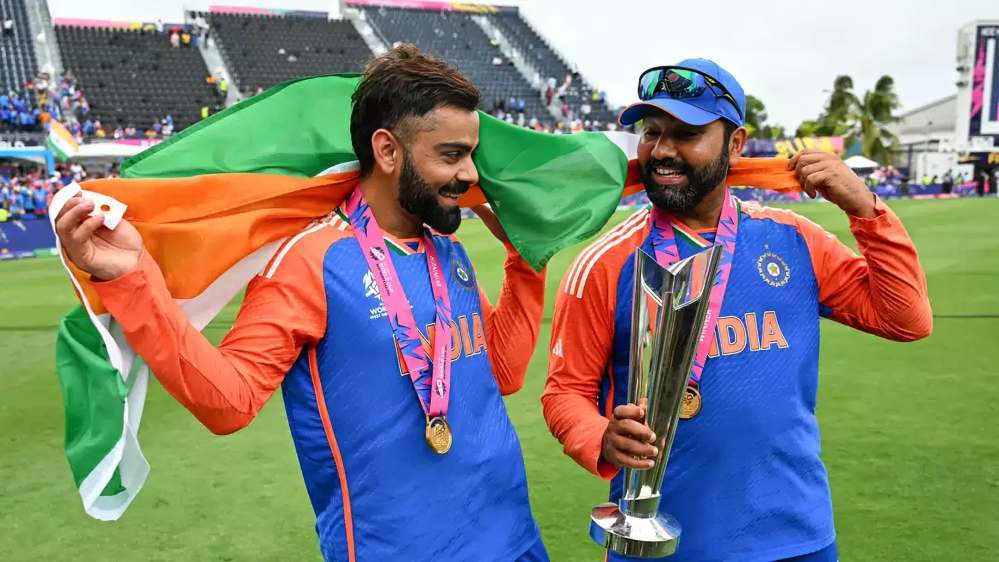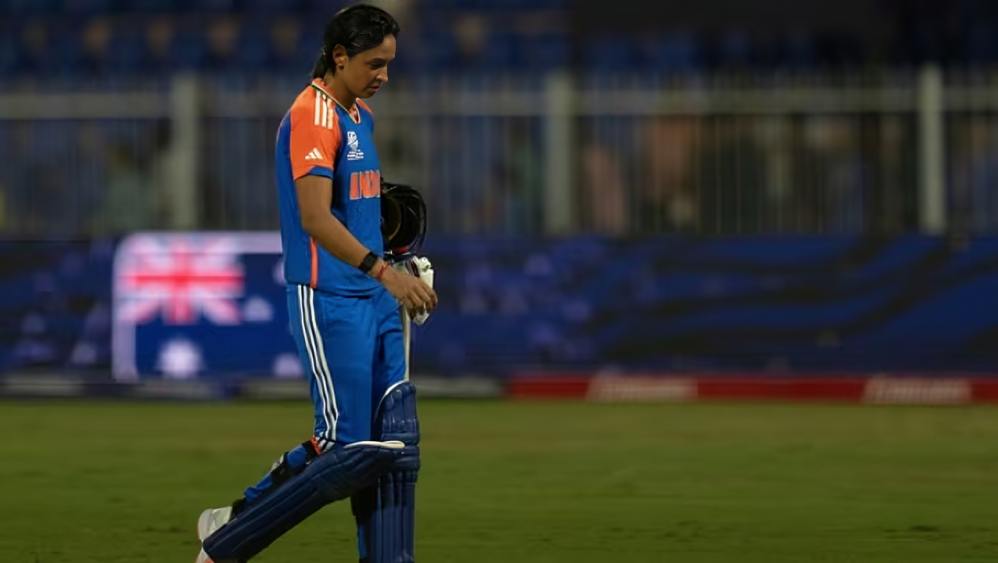The Narendra Modi Stadium Boundary Length, situated in Ahmedabad, India, is not just an iconic cricketing venue but also holds the title of being the largest cricket stadium in the world.
With a seating capacity of 132,000 spectators, it stands as the biggest cricket stadium in India and the world.
Table of Contents
Narendra Modi Stadium Boundary Length India’s biggest cricket stadium

Narendra Modi Stadium Boundary Length India’s biggest cricket stadium boasts a seating capacity of 132,000 spectators, making it the largest cricket stadium in the world.
Before this stadium came into existence, international matches were played at the Ahmedabad Municipal Corporation’s stadium, bearing the same name. However, in 1982, the Gujrat government donated a 50-acre land on the banks of the Sabarmati River and the Motera stadium was constructed in only nine months. The first international match to be hosted here was a Test between India and West Indies on November 12, 1983.
Over the years, its capacity has evolved, reflecting its status as the largest stadium in India in terms of seating.
The Narendra Modi Stadium Boundary Length has a rich history, standing on the same plot where the Sardar Patel Stadium was present from 1982 to 2015.
This India’s biggest stadium hosted significant matches during the 1987, 1996, and 2011 ICC World Cups.
The Gujarat Cricket Association (GCA) undertook the mammoth task of rebuilding this stadium to create a state-of-the-art facility, further solidifying its position as the biggest cricket stadium in India.
Equipped with modern amenities, including 76 corporate boxes, a 55-room clubhouse, an Olympic-sized swimming pool, and four dressing rooms, it stands as a testament to India’s commitment to world-class cricketing facilities.
Among the many events it has hosted, the “Namaste Trump” event in 2020 and its first Test match against England in 2021, which was a day-night test game, are notable. Moreover, this stadium is set to host the final of the 2023 ICC World Cup.
In 2021, in honor of the current Prime Minister of India, Narendra Modi, the stadium was renamed, reflecting his contributions as the former president of the GCA and the Chief Minister of Gujarat.
Strategically located in Motera, Ahmedabad, with three entry points and metro line accessibility, it’s a beacon for cricket enthusiasts wondering “Which is the largest cricket stadium in the world?“.
The Motera Stadium has witnessed many important events. It is the home ground for the Rajasthan Royals IPL team. The stands are GMDC Upper and Lower, East Upper and Lower Pavilion, Adani Lower and Upper Pavilion, Club Pavilion, and West Pavilion. Most stands have two tiers. The Adani Pavilion has over 20 air-conditioned corporate boxes and player-dressing rooms. The stadium has 21 entry gates. It was renovated in 2006, adding modern floodlights, covered stands, three new pitches, and a new outfield.
How does the Narendra Modi Stadium Boundary Length pitch play?
The Motera offers a slow wicket. Initially, it was a bowler-friendly track but over the course of time, the pitch lost its spice as it started to slow down. Very few Test games have reached a conclusion over here.
- Sunil Gavaskar became the first-ever cricketer to score 10,000 runs in Test cricket on this ground – a feat he achieved against Pakistan in 1986-87.
- Kapil Dev claimed his 432nd Test wicket on this ground to become the highest wicket-taker in the world, breaking Sir Richard Hadlee’s record in 1993.
| Test | Score |
| Total Matches | 15 |
| Matches won batting first | 4 |
| Matches won bowling first | 4 |
| Average 1st innings Score | 347 |
| Average 2nd innings Score | 353 |
| Average 3rd innings Score | 232 |
| Average 4th innings Score | 147 |
| Highest total recorded | 760/7 (202.4 Ovs) By SL vs IND |
| Lowest total recorded | 76/10 (20 Ovs) By IND vs RSA |
| Highest score chased | 80/1 (15.3 Ovs) By IND vs ENG |
| Lowest score defended | 105/10 (38.5 Ovs) By RSA vs IND |
| ODI | Score |
| Total Matches | 36 |
| Matches won batting first | 19 |
| Matches won bowling first | 17 |
| Average 1st innings Score | 237 |
| Average 2nd innings Score | 208 |
| Highest total recorded | 365/2 (50 Ovs) By RSA vs IND |
| Lowest total recorded | 85/10 (30.1 Ovs) By ZIM vs WI |
| Highest score chased | 325/5 (47.4 Ovs) By IND vs WI |
| Highest score chased | 196/10 (48.3 Ovs) By WI vs IND |
| T20 | Score |
| Total Matches | 10 |
| Matches won batting first | 6 |
| Matches won bowling first | 4 |
| Average 1st innings Score | 160 |
| Average 2nd innings Score | 137 |
| Highest total recorded | 234/4 (20 Ovs) By IND vs NZ |
| Lowest total recorded | 66/10 (12.1 Ovs) By NZ vs IND |
| Highest score chased | 166/3 (17.5 Ovs) By IND vs ENG |
| Lowest score defended | 107/7 (20 Ovs) By WIW vs INDW |



